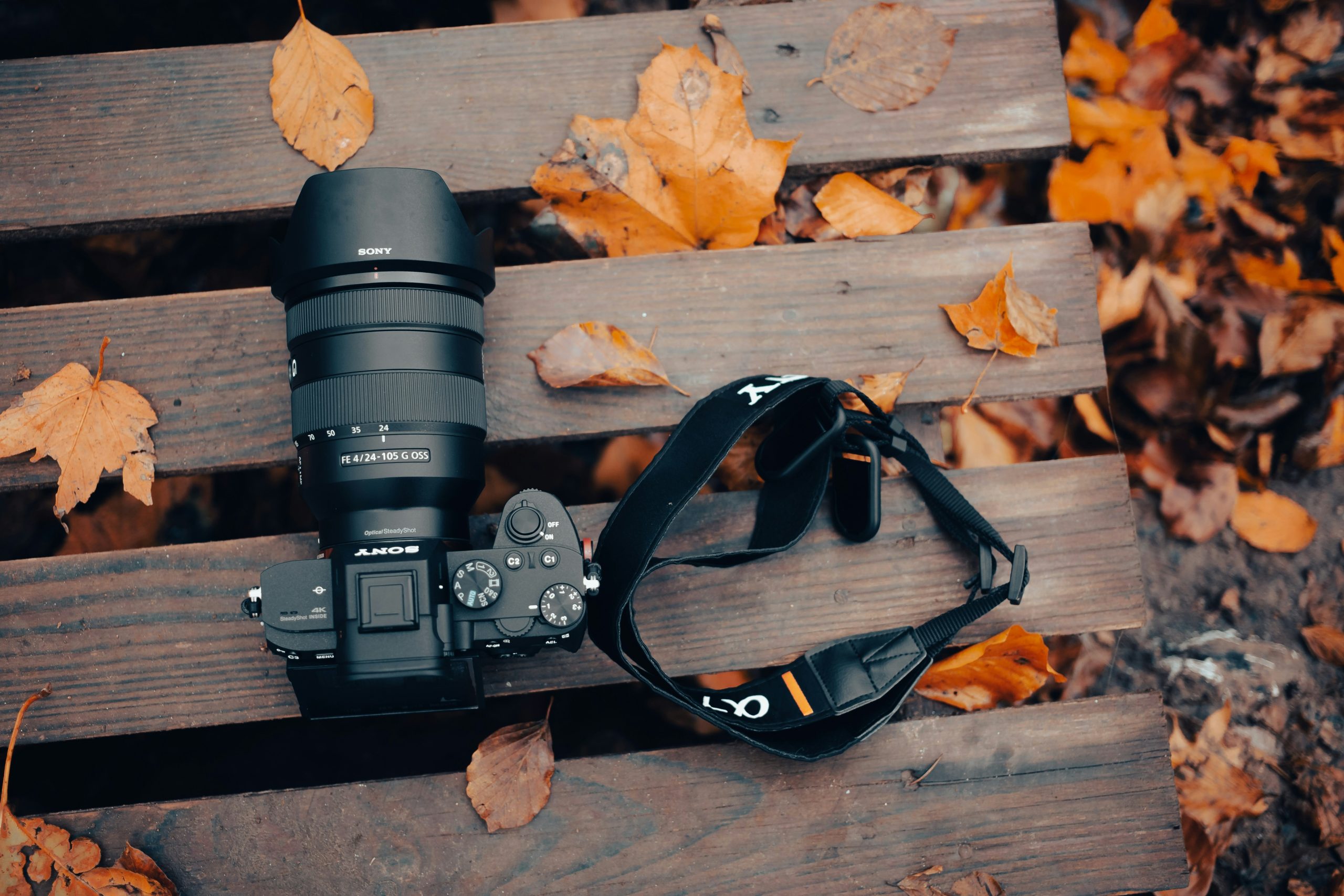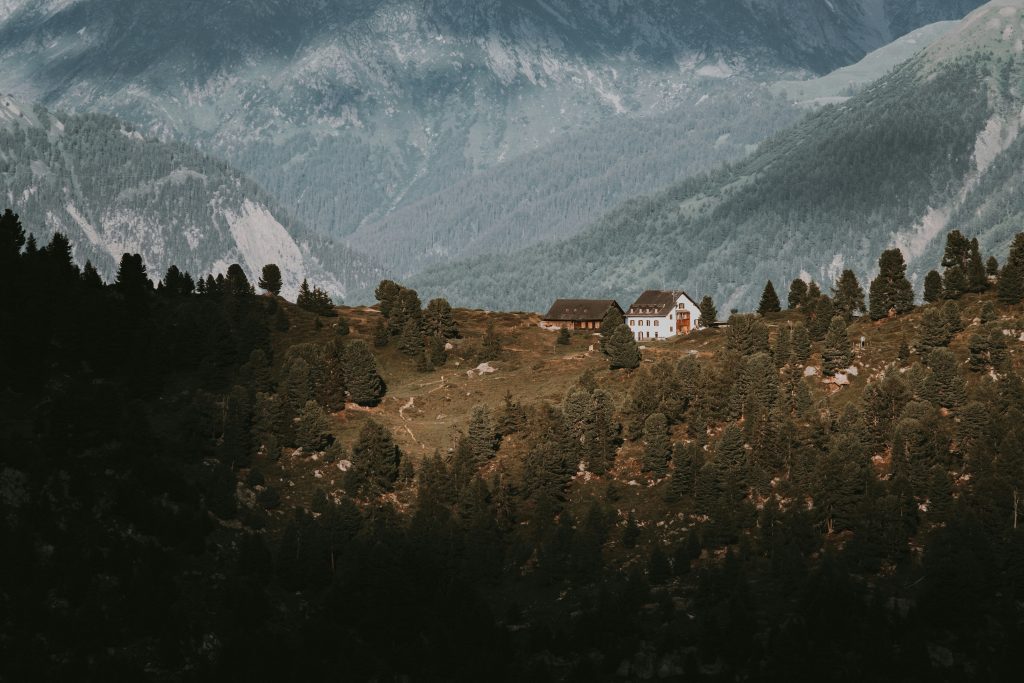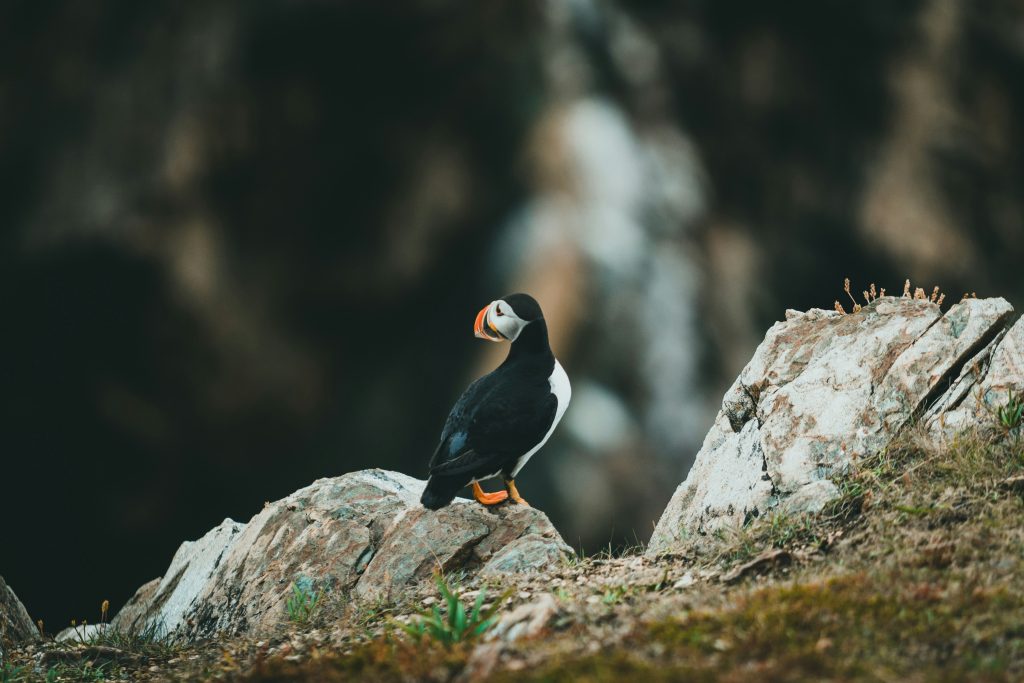Ever trekked to the peak of a mountain, only to realize your phone’s camera can’t capture the majestic sunset or the intricate details of that eagle soaring overhead? Yeah, been there. If you’re nodding along, this guide is for you. We’re diving deep into the world of Hiking Camera Gear, so you’ll never miss another shot of nature’s wonders.
In this post, you’ll learn:
- Why investing in proper hiking camera gear matters.
- A step-by-step breakdown of selecting and packing your gear.
- Tips and best practices for capturing stunning photos on the trail.
- Real-world examples of hikers who’ve nailed it (and what you can steal from them).
Table of Contents
- The Problem with Phone Cameras on Trails
- Step-by-Step Guide to Picking Your Hiking Camera Gear
- Tips for Using Your Gear in the Wild
- Pro Hikers Who Nailed It
- FAQs About Hiking Camera Gear
Key Takeaways
- Your phone camera is likely not enough for serious outdoor photography.
- Pack light but smart—your gear should survive rugged terrain.
- Master settings like ISO and aperture to adapt to changing lighting conditions.
- Even pros mess up—here’s how to avoid their rookie mistakes.
The Problem with Phone Cameras on Trails
I once spent an entire weekend climbing steep trails just to get the “perfect shot” at sunrise. But when I reviewed my photos later, they were so blurry you’d think Bigfoot took them. Turns out, my $1,000 smartphone wasn’t cut out for freezing motion at dawn. Oops.
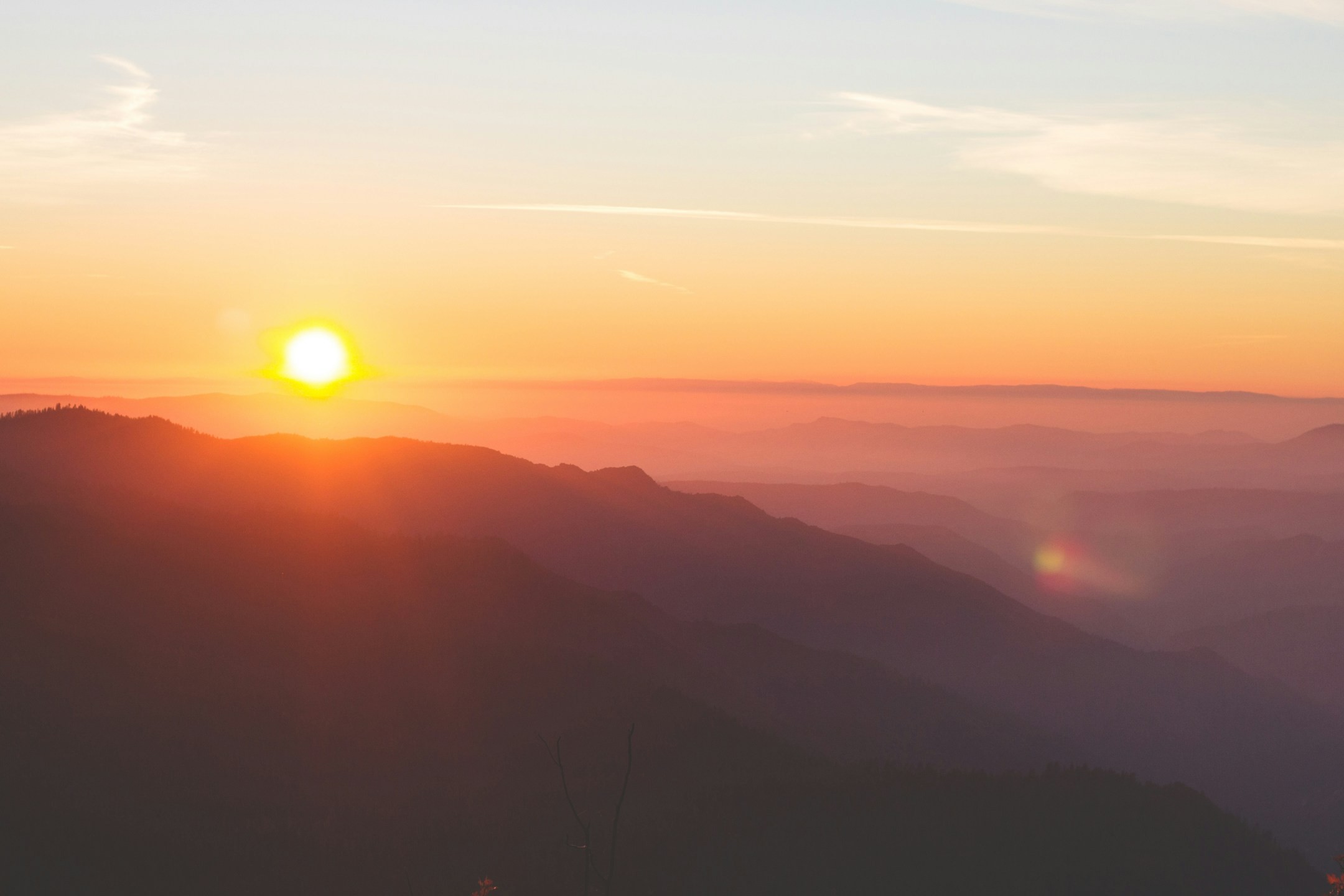
Why does this happen? Most phone cameras lack manual controls, and their sensors struggle in low-light scenarios. Add shaky hands and unpredictable weather into the mix, and you’ve got a recipe for disaster. That’s where dedicated hiking camera gear comes in—a game-changer for outdoor explorers.
Step-by-Step Guide to Picking Your Hiking Camera Gear
Optimist You: “Picking the right camera will instantly elevate my Instagram game!”
Grumpy You: “Yeah, if you want to carry around extra weight uphill all day.”
Fear not—we’ll balance quality with portability. Let’s break it down:
Step 1: Choose Your Camera Type
There are three main options:
- Mirrorless Cameras: Compact, high-quality, great for versatile shooting.
- Action Cams (GoPro): Lightweight, durable, ideal for action-packed adventures.
- Point-and-Shoot: User-friendly and lightweight but limited in flexibility.
Step 2: Invest in Lenses
If you go mirrorless, consider these lenses:
- Wide-angle lens: Perfect for landscapes.
- Telephoto lens: To zoom in on wildlife without scaring it away.
Step 3: Don’t Forget Accessories
- A sturdy tripod for stability.
- Weatherproof cases because Mother Nature loves surprises.
Tips for Using Your Gear in the Wild
- Know Your Settings: Learn terms like ISO, shutter speed, and aperture. Trust me; they’re chef’s kiss for nailing that perfect shot.
- Use Burst Mode: Animals move fast—snap multiple shots to ensure you don’t miss anything.
- Charge Beforehand: Sounds obvious, right? Yet, countless hikers run out of battery mid-shoot.
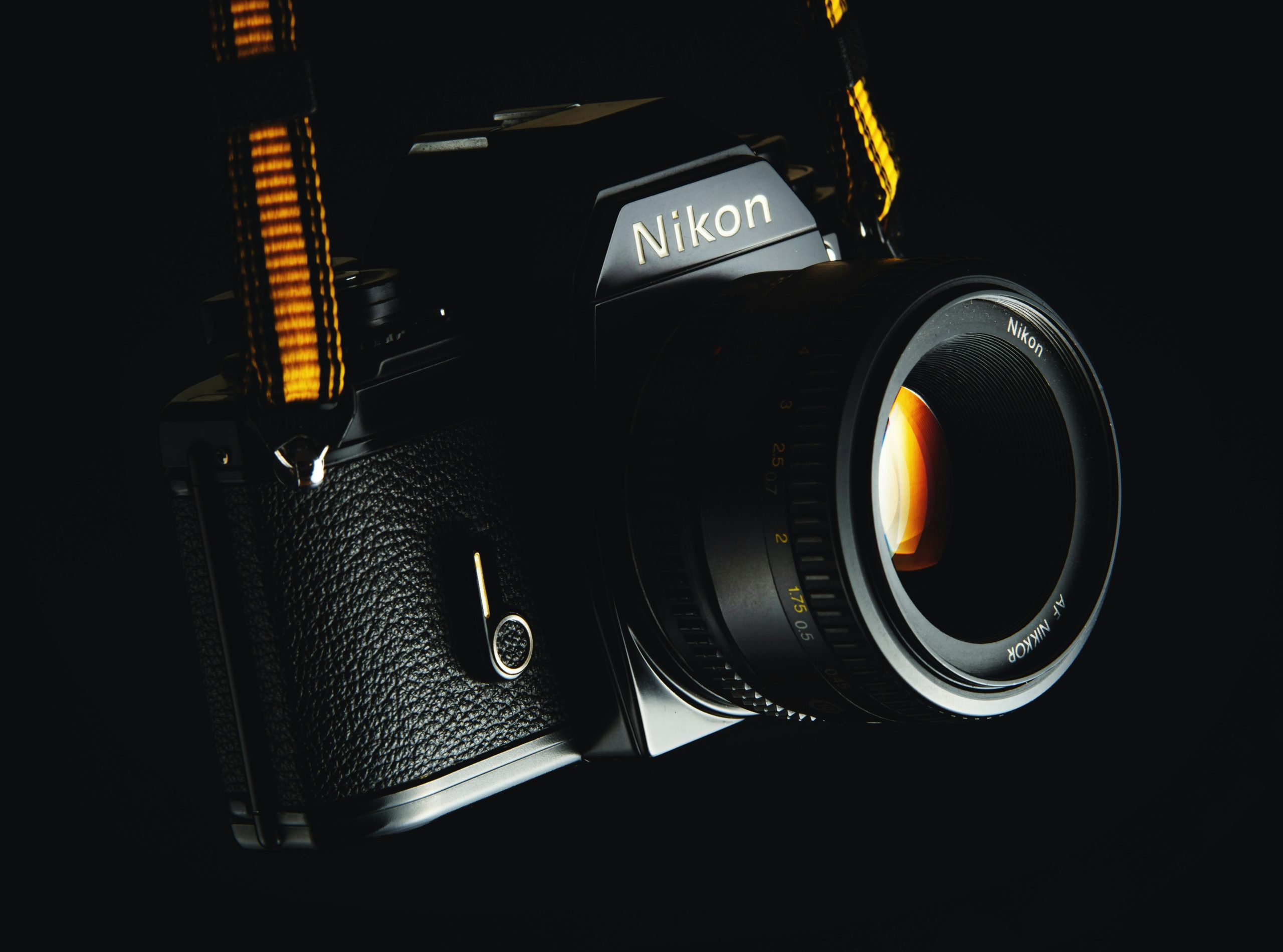
Rant Alert: Seriously, stop relying on auto mode! Sure, it works sometimes, but it’s lazy AF. You’re out there experiencing the wild—why settle for mediocre photos?
Pro Hikers Who Nailed It
Take Sarah B., for example. She’s a self-taught photographer whose GoPro footage went viral after she captured herself kayaking through rapids surrounded by towering cliffs. Her secret? A waterproof housing attachment and a knack for storytelling through visuals.
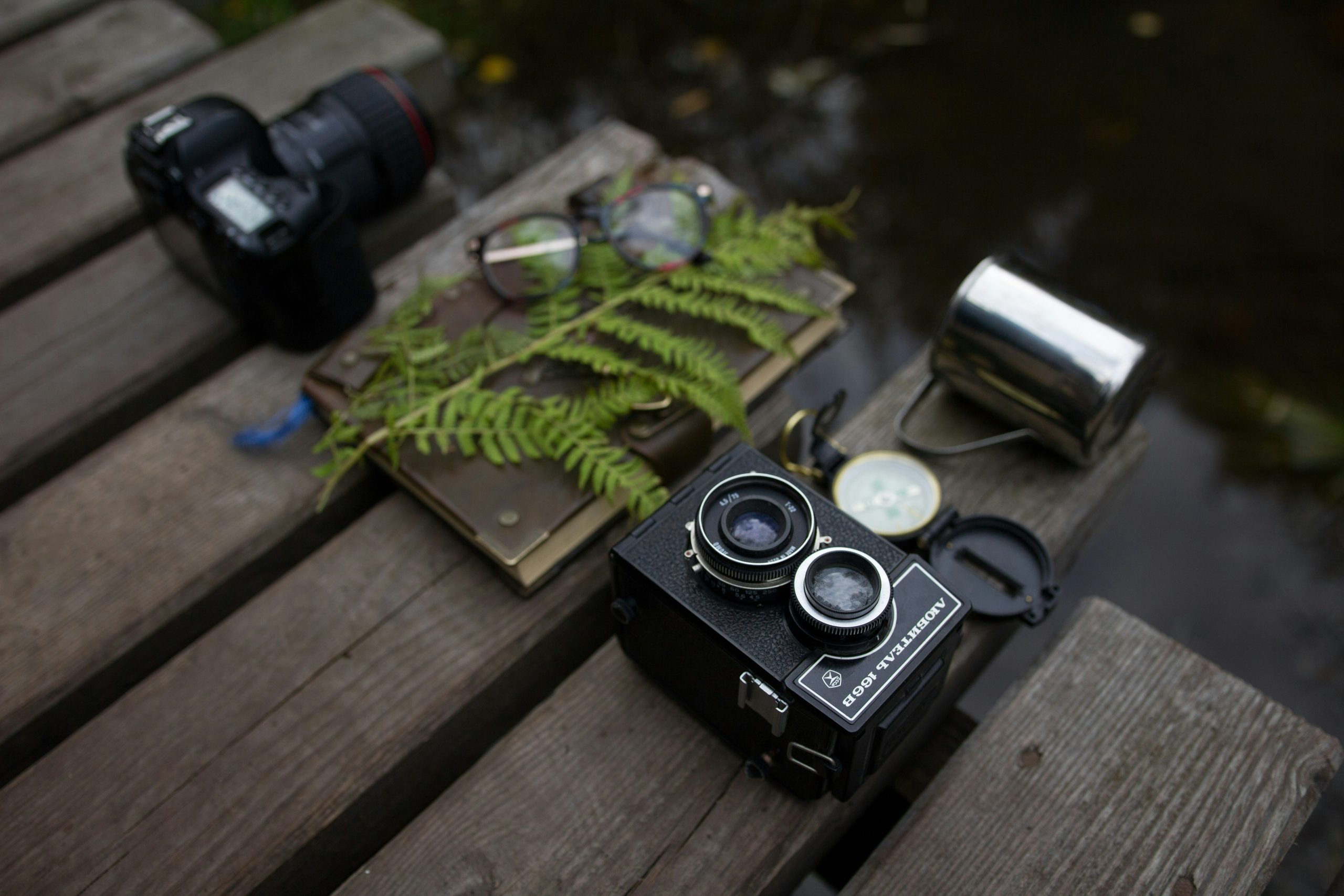
Or Alex T., whose bird photography gained him thousands of followers overnight. He swore by his telephoto lens paired with a compact mirrorless body. Moral of the story? Gear matters—but creativity seals the deal.
FAQs About Hiking Camera Gear
“Do I really need a separate camera?”
Short answer: Yes, if you care about image quality. Phones have improved, but they still can’t match the versatility of dedicated gear.
“How much should I spend?”
Start small ($500–$700) and upgrade as needed. Action cams are budget-friendly alternatives.
“What’s a terrible tip to avoid?”
Buying every accessory under the sun. Pare it down to essentials—you’re hiking, not opening a studio.
Conclusion
Equipped with the right Hiking Camera Gear, you’re ready to document the breathtaking beauty of the outdoors like never before. Remember, even pros screw up, so keep experimenting and learning. And hey, if all else fails, blame the coffee shortage. 😉
Haiku time:
Mountains whisper secrets,
Your camera listens close,
Wilderness speaks louder.
Like Tetris on a Game Boy, good hiking photos require skill and practice—but oh, the payoff!
